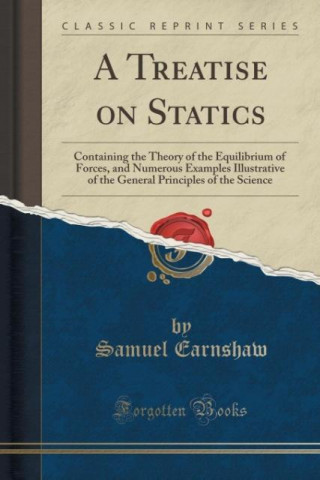
Kód: 13535989
A Treatise on Statics
Autor Samuel Earnshaw
Excerpt from A Treatise on Statics: Containing the Theory of the Equilibrium of Forces, and Numerous Examples Illustrative of the General Principles of the Science If any portion of matter (a stone for instance) be held in the ... celý popis
- Jazyk:
 Angličtina
Angličtina - Vazba: Brožovaná
- Počet stran: 282
Nakladatelství: Forgotten Books, 2016
- Více informací o knize

573 Kč
Dostupnost:
50 % šance Máme informaci, že by titul mohl být dostupný. Na základě vaší objednávky se ho pokusíme do 6 týdnů zajistit.
Máme informaci, že by titul mohl být dostupný. Na základě vaší objednávky se ho pokusíme do 6 týdnů zajistit.Prohledáme celý svět
Mohlo by se vám také líbit
-

Keeper's Destiny
451 Kč -

Jerusalem Diary
413 Kč -

Inaugural Addresses of the Presidents of the United States: From George Washington, 1789, to Barack Obama, 2013
1071 Kč -

Afterwards
1037 Kč -

ARM Assembly Language with Hardware Experiments
2994 Kč -

Korea Calling. Politische und wirtschaftliche Auswirkungen des Koreakrieges auf das Westdeutschland der Nachkriegszeit
1271 Kč -
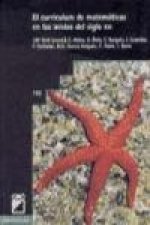
El currículum de matemáticas en los inicios del siglo XXI
538 Kč
Darujte tuto knihu ještě dnes
- Objednejte knihu a zvolte Zaslat jako dárek.
- Obratem obdržíte darovací poukaz na knihu, který můžete ihned předat obdarovanému.
- Knihu zašleme na adresu obdarovaného, o nic se nestaráte.
Informovat o naskladnění knihy
Zadejte do formuláře e-mailovou adresu a jakmile knihu naskladníme, zašleme vám o tom zprávu. Pohlídáme vše za vás.
Více informací o knize A Treatise on Statics
Nákupem získáte 57 bodů
 Anotace knihy
Anotace knihy
Excerpt from A Treatise on Statics: Containing the Theory of the Equilibrium of Forces, and Numerous Examples Illustrative of the General Principles of the Science If any portion of matter (a stone for instance) be held in the hand, it will be found to exert a pressure; and if the hand he suddenly removed, will fall. In its fall it may be caught, but the hand will again feel a pressure. This experiment informs us, that that which is the cause of motion, is likewise the cause of pressure. While the stone is held at rest, its continual tendency to fall is evi deuced by the pressure which is exerted on the hand; hence, in all cases where motion is prevented, there is pressure. But further, the latter part of the experiment teaches us that, in all cases where motion is retarded, there is pressure. If when the stone is at rest, the hand exert a greater pressure upwards than is necessary to prevent it from falling, the stone will begin to move upwards. Hence we learn that pressure attends the production as well as the prevention and the destruction of motion. Thus it appears that pressure produces the same results as we have taken to be the characteristic effects of force. We may therefore take pressure as the measure of force, because both press ure and motion are effects of the same cause. About the Publisher Forgotten Books publishes hundreds of thousands of rare and classic books. Find more at www.forgottenbooks.com This book is a reproduction of an important historical work. Forgotten Books uses state-of-the-art technology to digitally reconstruct the work, preserving the original format whilst repairing imperfections present in the aged copy. In rare cases, an imperfection in the original, such as a blemish or missing page, may be replicated in our edition. We do, however, repair the vast majority of imperfections successfully; any imperfections that remain are intentionally left to preserve the state of such historical works.
 Parametry knihy
Parametry knihy
Zařazení knihy Knihy v angličtině Humanities History
573 Kč
- Plný název: A Treatise on Statics
- Podnázev: Containing the Theory of the Equilibrium of Forces, and Numerous Examples Illustrative of the General Principles of the Science (Classic Reprint)
- Autor: Samuel Earnshaw
- Jazyk:
 Angličtina
Angličtina - Vazba: Brožovaná
- Počet stran: 282
- EAN: 9781332596294
- ISBN: 1332596290
- ID: 13535989
- Nakladatelství: Forgotten Books
- Hmotnost: 382 g
- Rozměry: 229 × 152 × 15 mm
- Datum vydání: 14. June 2016
Oblíbené z jiného soudku
-

God's Playground
1159 Kč -

Iron Kingdom
542 Kč -

Sword and Scimitar
617 Kč -

When Women Ruled the World
576 Kč -
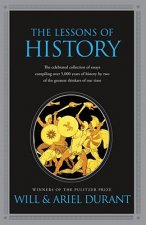
The Lessons of History
276 Kč -

Killers of the Flower Moon
268 Kč -

Landmark Julius Caesar
706 Kč -

Under the Black Flag
421 Kč -

God's Playground
1174 Kč -

Empires of the Silk Road
492 Kč -

Access to History for the IB Diploma: Authoritarian states Second Edition
926 Kč -

God's War
596 Kč -

Energy
599 Kč -
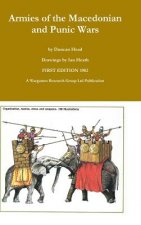
Armies of the Macedonian and Punic Wars
1272 Kč -

Archaeology of Weapons
361 Kč -

Grand Strategy of the Byzantine Empire
827 Kč -

Armies of Feudal Europe 1066-1300
1083 Kč -

Encyclopedia of Japanese Swords
2001 Kč -

Lies My Teacher Told Me
386 Kč -

Wake Up
276 Kč -

Conquering Tide - War in the Pacific Islands, 1942-1944
848 Kč -

Vienna 1683
606 Kč -

History of Leo the Deacon - Byzantine Military Expansion in the Tenth Century
719 Kč -

Civilian Warriors
381 Kč -
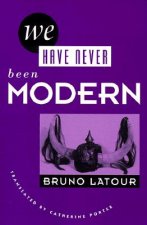
We Have Never Been Modern
887 Kč -

Gaza Unsilenced
523 Kč -

Lives of the Cambro British saints, of the fifth and immediate succeeding centuries, from ancient Welsh & Latin mss. in the British Museum and elsewhe
740 Kč -

AN ESSAY ON CRITICISM. WITH NOTES BY MR.
527 Kč -
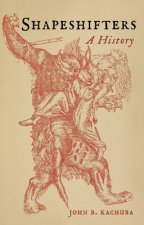
Shapeshifters
490 Kč -

Europe Knows Nothing about the Orient - A Critical Discourse (1872-1932)
585 Kč -

Etiquette for Every Day
1125 Kč -

SECRET MEMOIRS OF THE COURT OF LOUIS XIV
1124 Kč -

Care of Books - An Essay on the Development of Libraries and Their Fittings, from the Earliest Times to the End of the Eighteenth Century. Fully Illus
810 Kč -

Killing of Major Denis Mahon
414 Kč -

Compendiun on the Soul
473 Kč -

Memoirs of the House of Orleans
1096 Kč -

Gaza
852 Kč -

Witch
415 Kč -

Battle Cry of Freedom
570 Kč -

Army of None
400 Kč -

When Women Ruled the World: Six Queens of Egypt
466 Kč -

National Geographic The Old West
956 Kč -

Pax Romana
410 Kč -
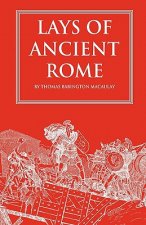
Lays of Ancient Rome
278 Kč -

Kingdom in the Sun, 1130-1194
356 Kč -

Falsification of History: Our Distorted Reality
826 Kč -

Encyclopedia of Japanese Swords (Paperback)
1302 Kč -

Normans in the South, 1016-1130
356 Kč -

Tudor Fashion
882 Kč
Osobní odběr Praha, Brno a 12903 dalších
Copyright ©2008-24 nejlevnejsi-knihy.cz Všechna práva vyhrazenaSoukromíCookies


 Vrácení do měsíce
Vrácení do měsíce 571 999 099 (8-15.30h)
571 999 099 (8-15.30h)